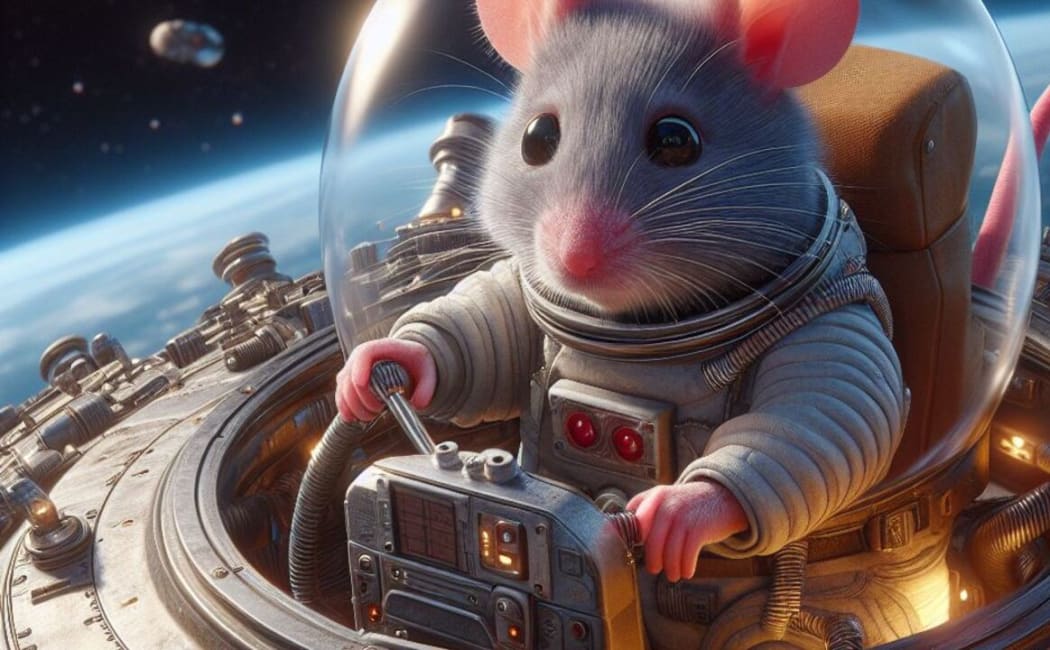Why Russia is Sending Mice and Fruit Flies into Space on the Bion-M No. 2 Mission

Introduction
On August 20, 2025, Russia will launch the Bion-M No. 2 biosatellite from the historic Baikonur Cosmodrome in Kazakhstan. Dubbed a modern-day “Noah’s Ark”, this spacecraft is not designed to carry humans but rather an unusual set of passengers: 75 mice, over 1,000 fruit flies, cell cultures, microorganisms, and plant seeds.
The purpose? To study how microgravity and intense cosmic radiation affect living organisms over a long period in orbit. These findings will play a vital role in preparing for future crewed missions to the Moon, Mars, and beyond.
A Modern ‘Noah’s Ark’ in Orbit
The Bion-M No. 2 is the successor to Bion-M No. 1, which was launched back in 2013. Unlike its predecessor, the new mission is far more advanced. Scientists have designed it to test conditions that are much harsher than those experienced during the first mission.
This time, the satellite will orbit the Earth at a 97-degree inclination, essentially traveling from pole to pole. Such a path dramatically increases the spacecraft’s exposure to cosmic radiation, with scientists predicting radiation levels to be 10 times higher than the previous mission.
This environment will help simulate the extreme conditions astronauts would face on deep-space journeys, far away from the protective shield of Earth’s magnetic field.
Why Use Mice for Space Research?
Mice are not randomly chosen passengers—they are among the most widely used model organisms in biological and medical research. Genetically, they share a significant similarity with humans, making them excellent candidates for studying how radiation and microgravity impact living tissue.
To maximize scientific results, the mice in this mission will be divided into three distinct groups:
Control Group on Earth: Living under normal laboratory conditions.
Simulator Group: Placed in a ground-based environment that mimics the satellite’s microgravity and radiation conditions.
Spaceflight Group: Sent aboard the Bion-M No. 2 biosatellite for a full month in orbit.
By comparing these three groups, scientists will be able to clearly separate the effects of spaceflight itself from other environmental factors.
Advanced Monitoring Technology
The spacecraft carrying the mice is equipped with state-of-the-art habitats. Each container provides feeding systems, ventilation, lighting, and waste disposal mechanisms, ensuring the survival and well-being of the animals throughout the mission.
Additionally, the setup includes cameras and sensors that will deliver real-time data to Earth. To gain deeper insights, some mice will also be implanted with microchips to track vital signs and internal physiological changes.
When the mission ends and the animals are brought back to Earth, researchers will carefully study how their bodies adapted to space and how well they readapt once exposed again to Earth’s gravity.
Why Fruit Flies Are Going Too
Alongside the mice, scientists will also be sending over 1,000 fruit flies. While tiny, these insects have proven to be one of the most valuable tools in genetics and biology. Their short life cycle allows researchers to observe multiple generations within just a few weeks, making them ideal for studying genetic mutations and cellular damage caused by radiation.
The inclusion of fruit flies complements the data collected from mice, giving scientists a broader understanding of radiation’s biological effects, both at the organism level and at the genetic scale.
Additional Scientific Experiments
Beyond studying living organisms, the Bion-M No. 2 mission also includes lunar simulants—artificial materials that mimic lunar dust and rocks. Developed by the Vernadsky Institute of Geochemistry and the Institute of Medical and Biological Problems, these samples will be exposed to the harsh space environment.
By analyzing how radiation and vacuum conditions affect these lunar analogs, researchers will gain insight into what future astronauts and equipment might face on the Moon’s surface.
Potential Benefits Beyond Space Exploration
While the mission’s primary goal is to prepare for deep-space human exploration, the research may also produce medical benefits here on Earth. Understanding how radiation damages tissues and alters genes could inspire new strategies for treating diseases, improving cancer therapies, and strengthening radiation protection technologies.
Moreover, the findings will guide space agencies in creating better countermeasures—such as shielding, medication, and dietary solutions—to protect astronauts on long-duration missions to Mars and other planets.
Conclusion
The launch of the Bion-M No. 2 biosatellite is a major milestone in the study of life sciences beyond Earth. By sending mice, fruit flies, and biological samples into one of the harshest space environments ever tested, Russian scientists hope to unlock critical insights into how living systems endure radiation and microgravity.
The mission will not only prepare humanity for its next giant leap into deep space but could also bring valuable knowledge that enhances medicine, genetics, and biology on Earth.
As the spacecraft begins its journey, it will carry with it not just small creatures but also humanity’s biggest questions about survival among the stars.
